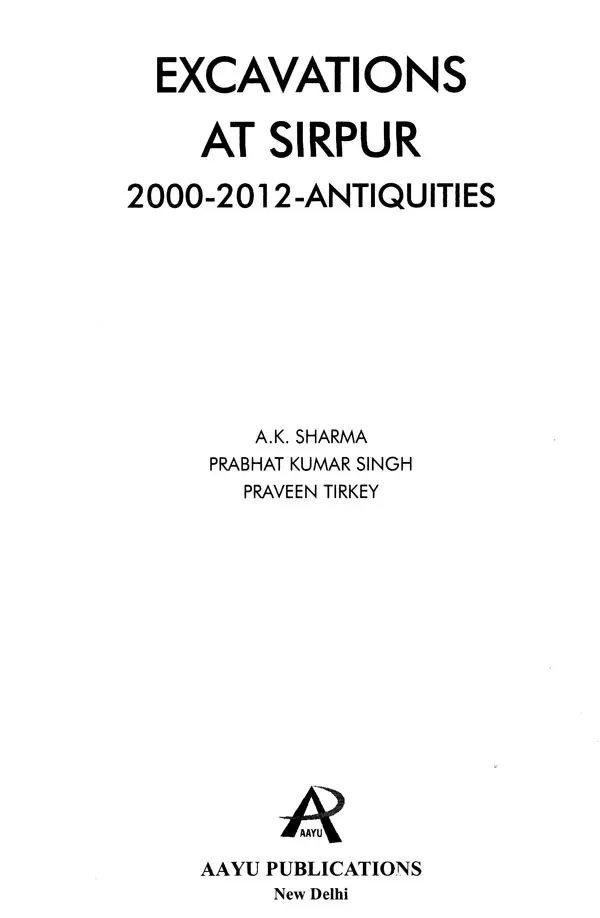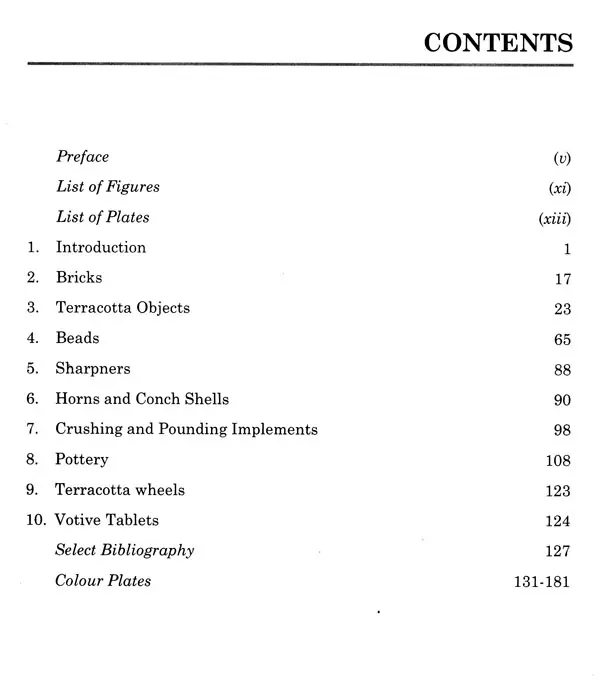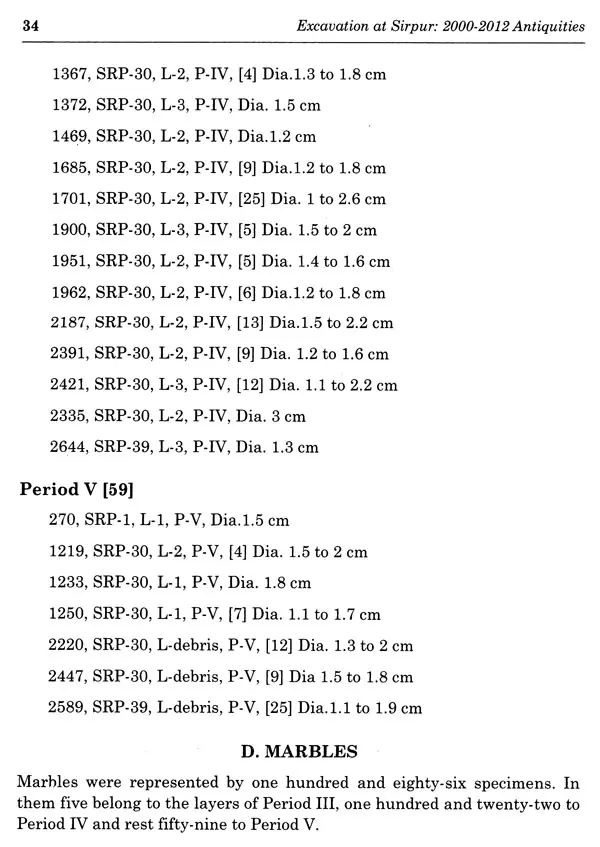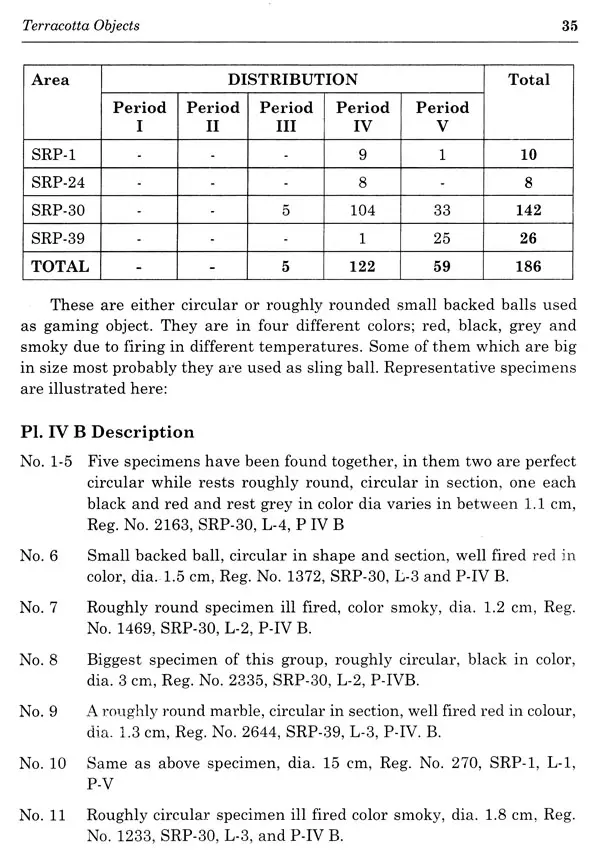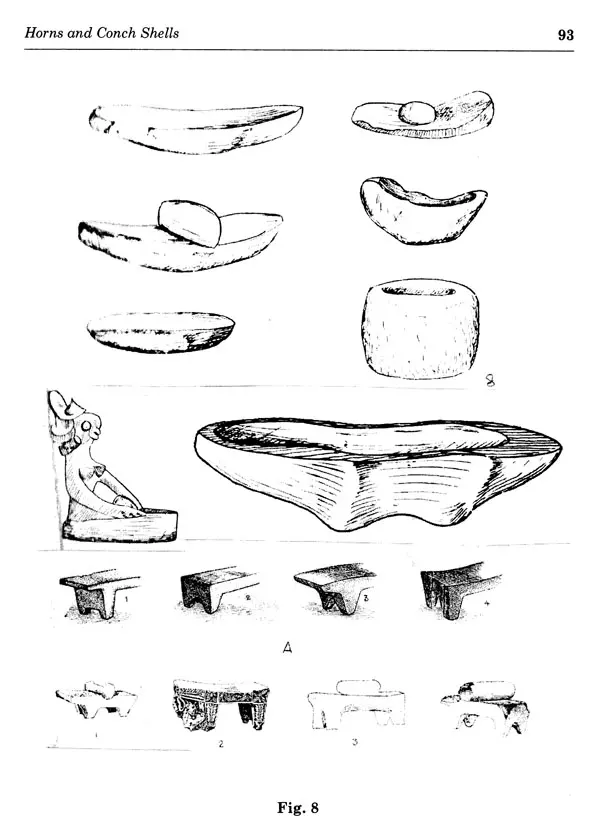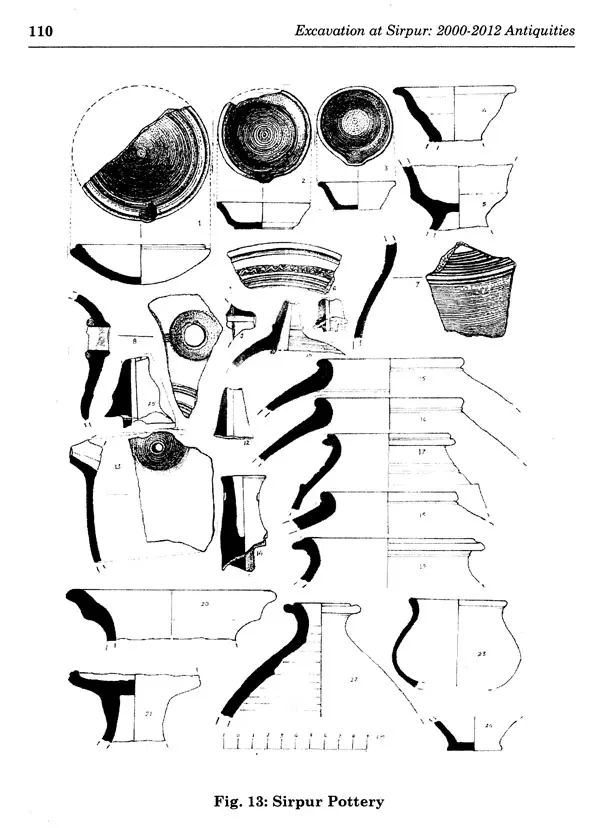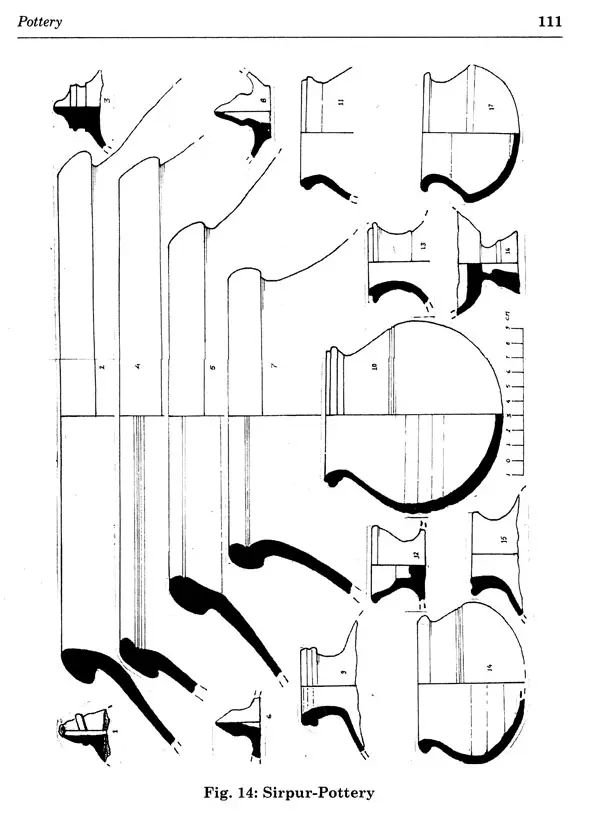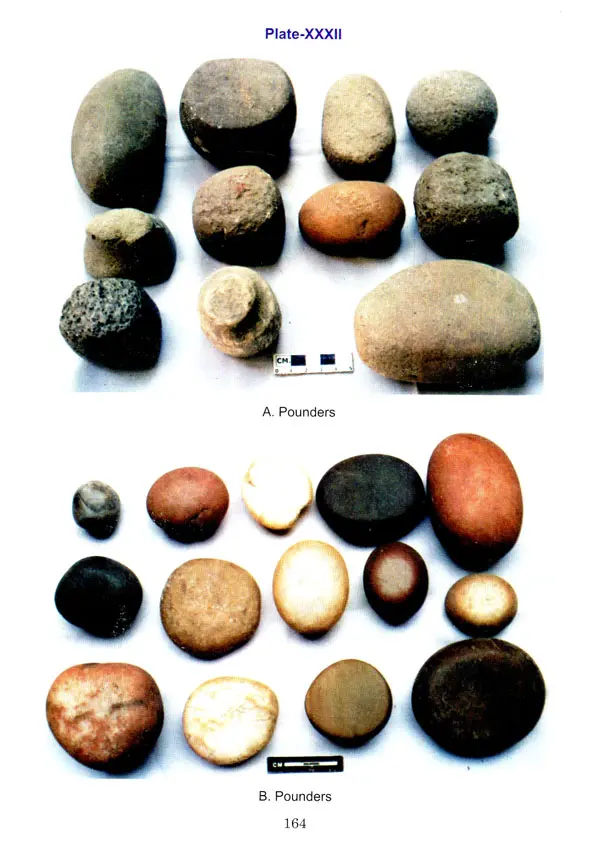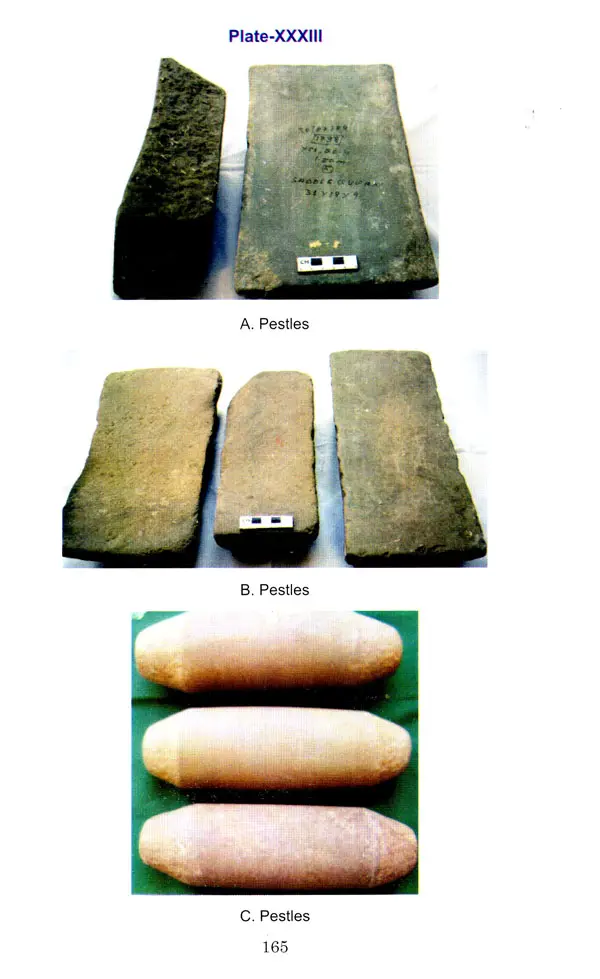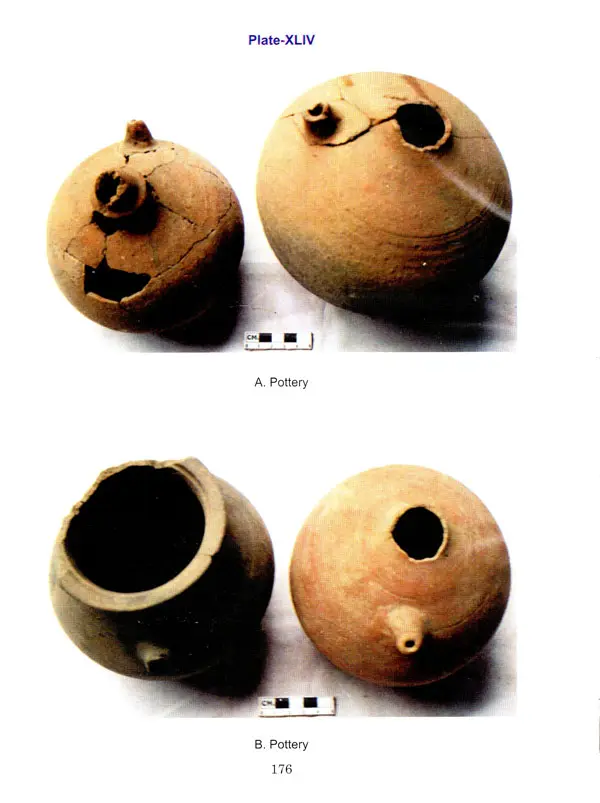
Excavations at Sirpur 2000-2012-Antiquities
Book Specification
| Item Code: | UAP796 |
| Author: | A.K. SHARMA & PRABHAT KUMAR SINGH & PRAVEEN TIRKEY |
| Publisher: | Aayu Publications, New Delhi |
| Language: | English |
| Edition: | 2017 |
| ISBN: | 9789385161513 |
| Pages: | 193 (Throughout Color Illustrations) |
| Cover: | HARDCOVER |
| Other Details | 10.00 X 7.50 inch |
| Weight | 550 gm |
Book Description
Sirpur was excavated by me from 2000 to 2012. As soon as the excavation was completed I thought it better to write topical reports so that the results of the excavations could be brought to the knowledge of scholars and students as early as possible. Preparation and publication of full report covering all topics would have taken long time. This book on miscellaneous antiquities is in the same series. My intention has been to bring the results of excavation conducted by me, in book form.
Excavations being conducted in various parts of India are revealing new information capable of changing old views in various fields, held by earlier scholars particularly westerners. This they deliberately did to belittle Indian's glorious past. As presently I am working in Chhattisgarh which was so far regarded as backward area with no past achievements, after excavating at Karkabhat, Sirpur, Madku dweep and Rajim whose results were startling bringing a complete new picture about Chattisgarh's glorious past in various fields. On the basis of these discoveries the history need to be rewritten.
Location
Sirpur (Lat.-21 25 N. Long, 82°E) in district Mahasamund of Chhattisgarh state, India, now a small village on right bank of Mahanadi was once a large town of considerable importance. In 5th-8th centuries A.D. Sirpur was the capital of Sarabhapuriyas and Panduvamsis of South Kosala. It's ancient name was 'Sripurn. As it contained a great number of dwelling houses, for all classes, king's palace, numerous temples and was situated in a forested country it was called 'pura', i.e. Sripura.Urban development and city planning which developed during Harappan Period, the example of which are great cities like Mohenjodaro, Harappa, Lothal, Kalibangan, Rupar, Dholavira, etc., survived during Early Historical period and later on in Dakshin Kosala (Chhattisgarh), the outstanding examples of which are Sirpur, Malhar. Ratanpur etc. Out of these, so far, only Sirpur has been excavated on a large scale, giving a glimpse of city planning and architecture.
Somavamshi King Nannadeva's son Teevardeva (grandson of Indrabal) captured Dakshin Kosala after defeating Sarabhapuriya king Mahapravar raj as at this time we get Teevardeva's inscription from Sirpur and adjoining areas, in which Teevardeva-has been described as ruler of entire Kosala (middle of 6th century A.D.). At this time Sirpur was at its Golden Era and reached the peak of glory. It is during this period that art, architecture, iconography and literature freely grew and Sirpur's fame spread to far off places. Probably it is due to this fame, Chinese traveler Huen-Tsang visited Sirpur in 639 A.D. He wrote that the inhabitants were tall, dark and prosperous. The king was Kshatriya and very benevolent. He discovered here as many as hundred Buddhist monasteries, inhabited by about 10,000 monks, belonging to the Mahayana sect, and more than 150 temples.
Book's Contents and Sample Pages
